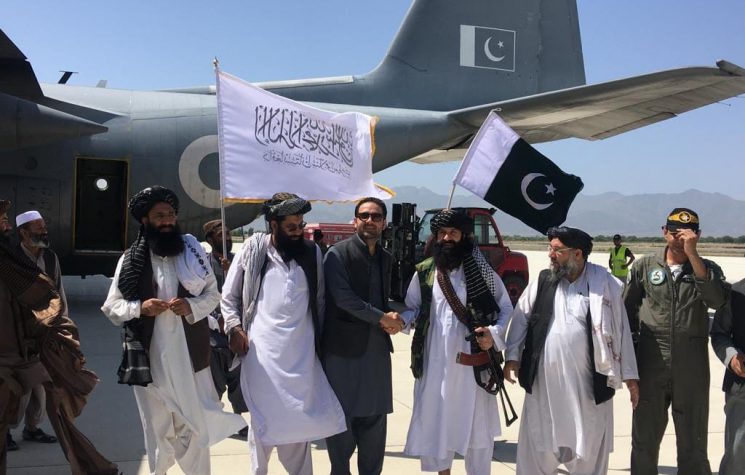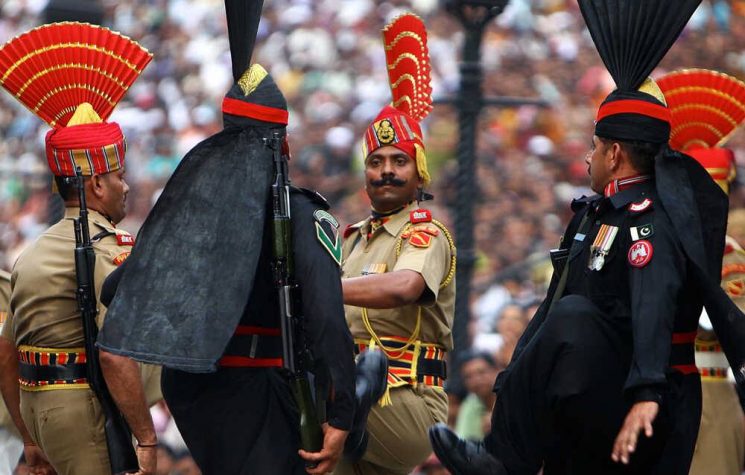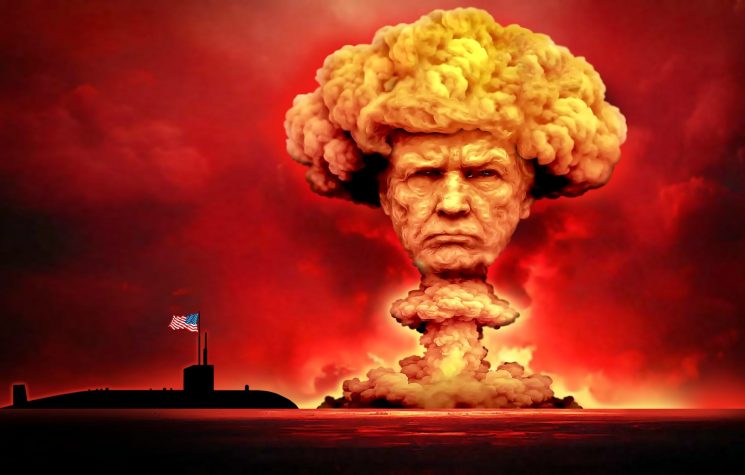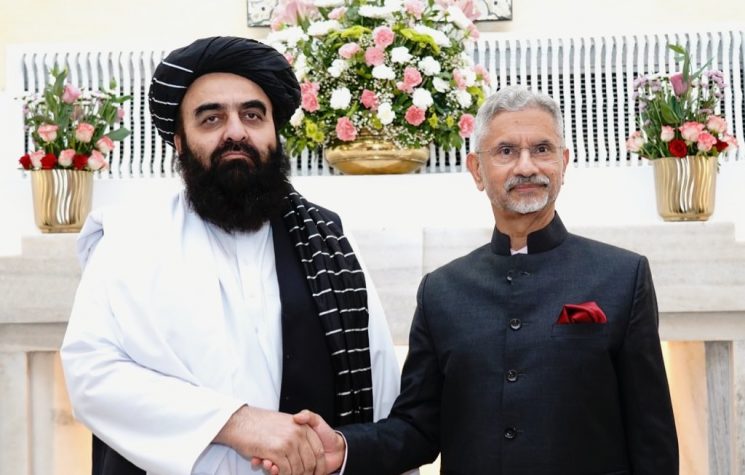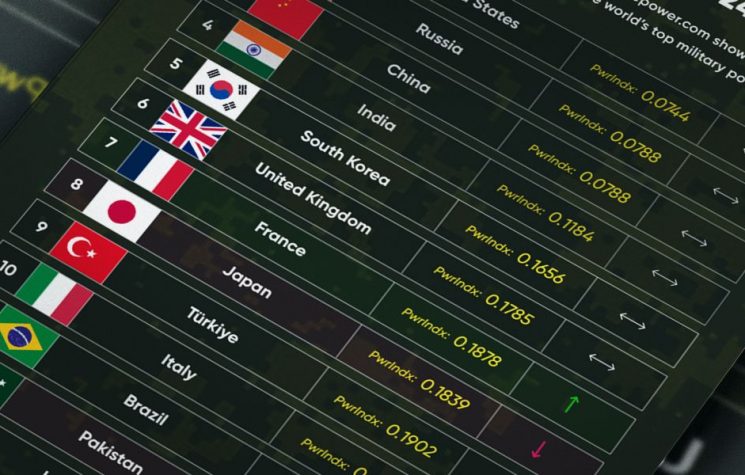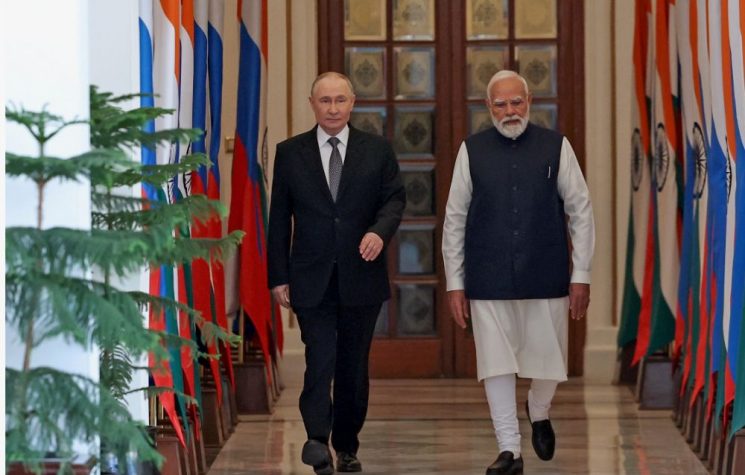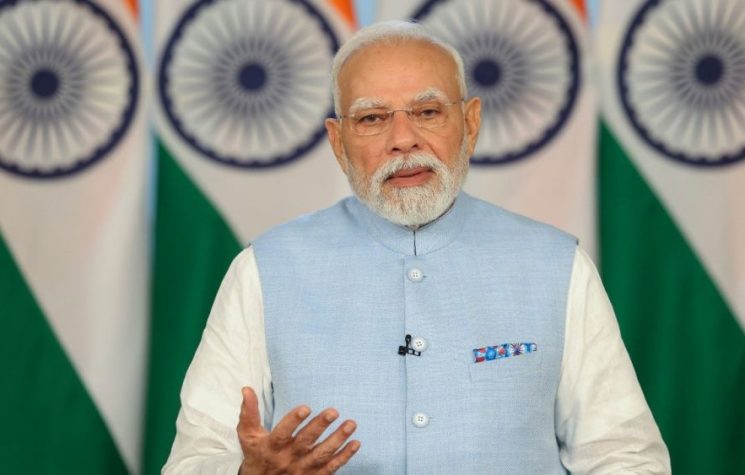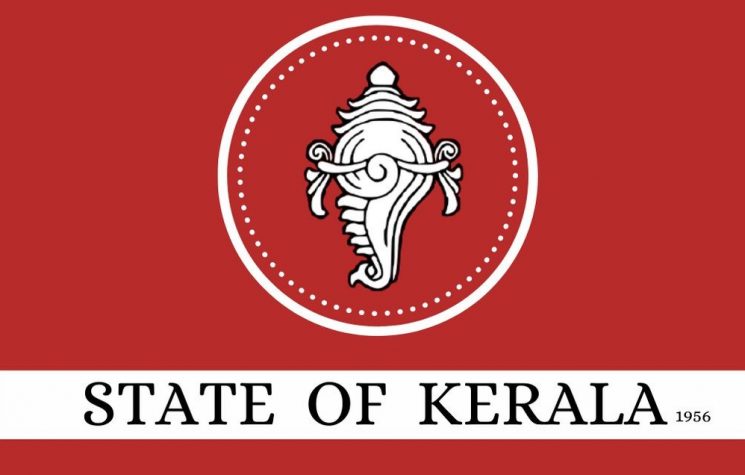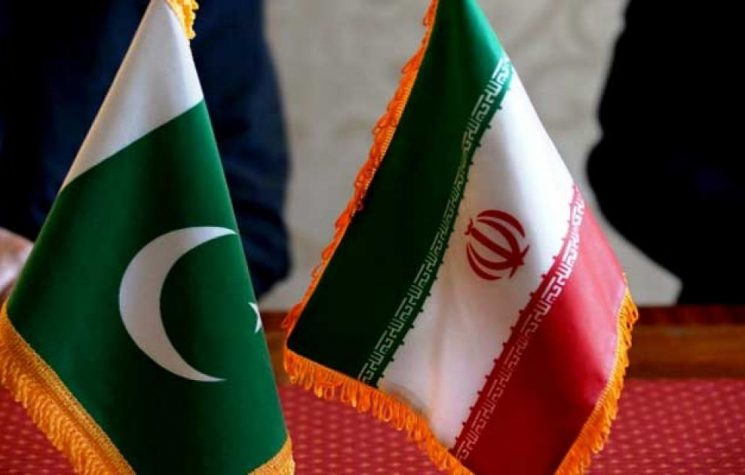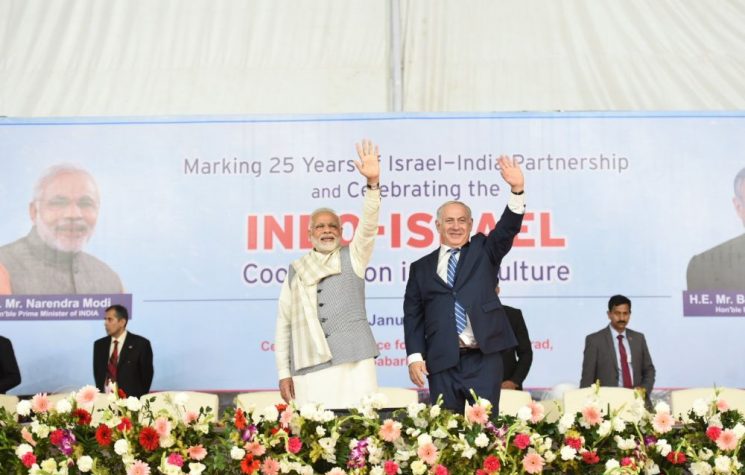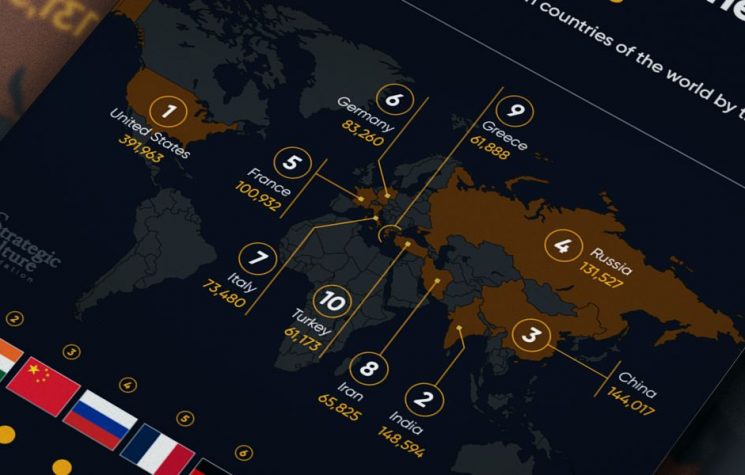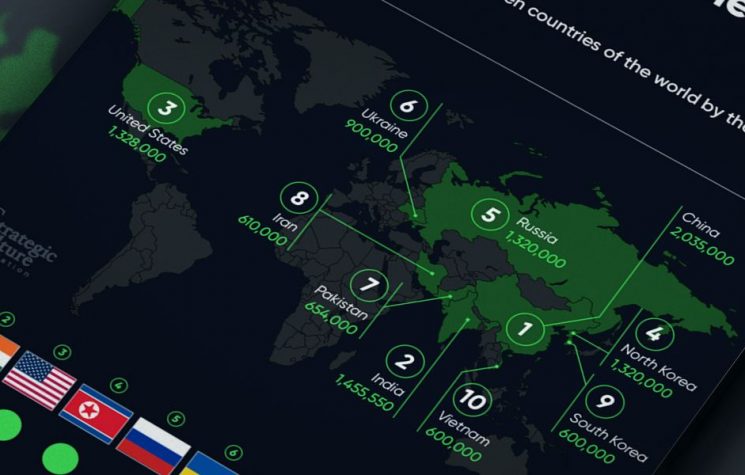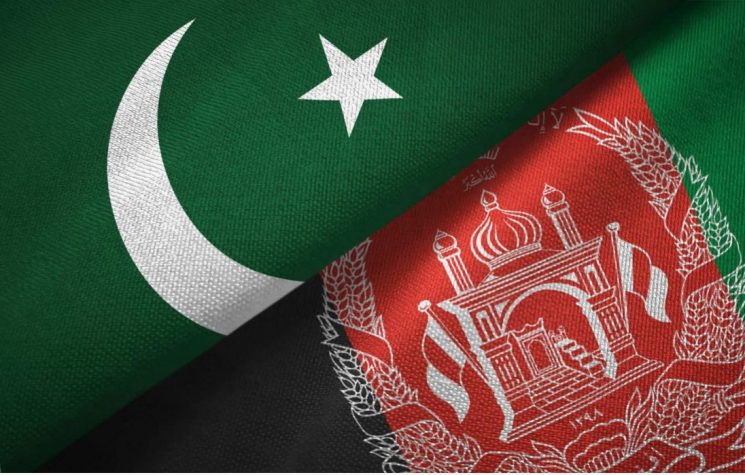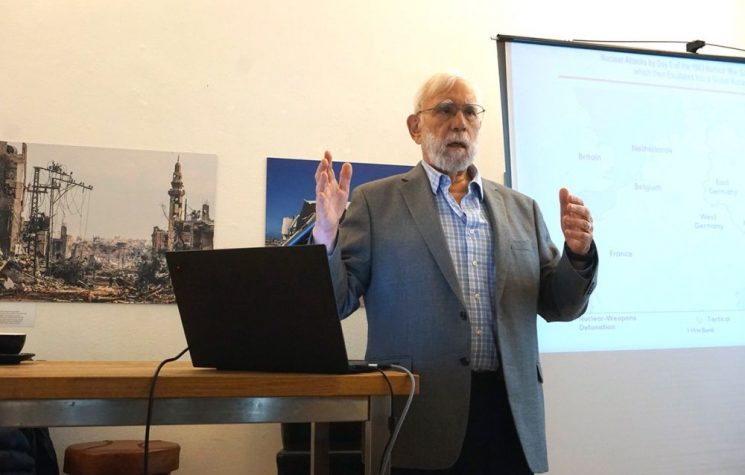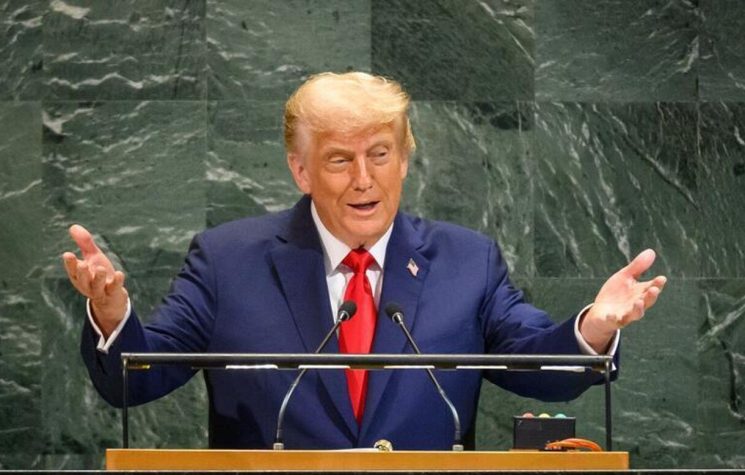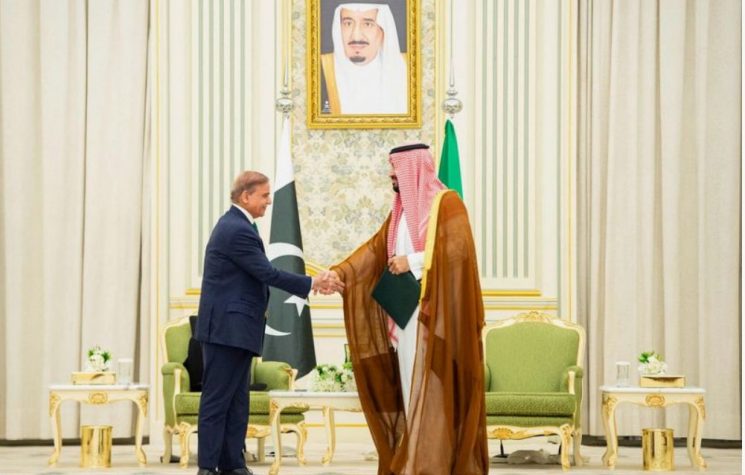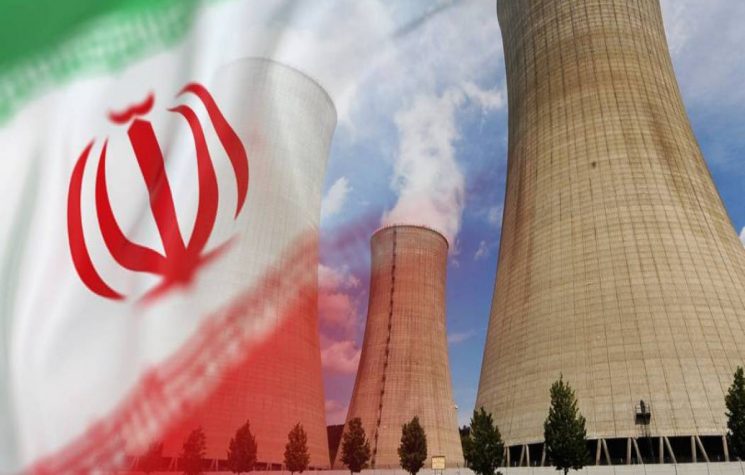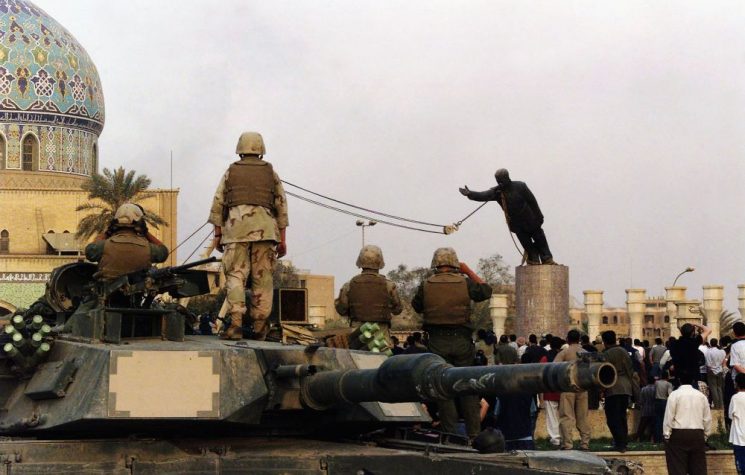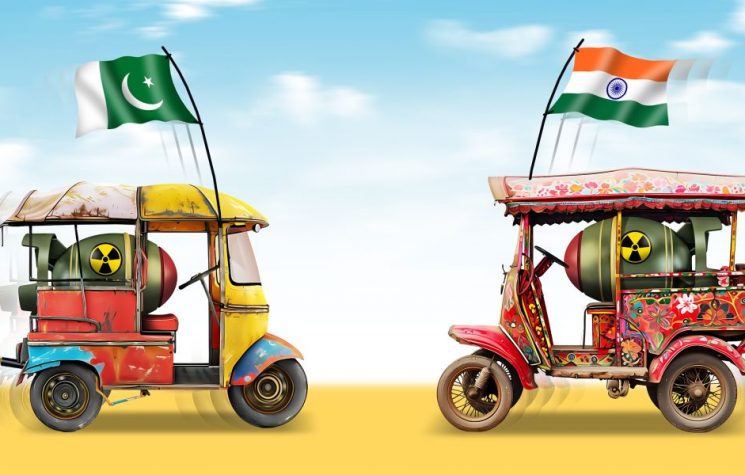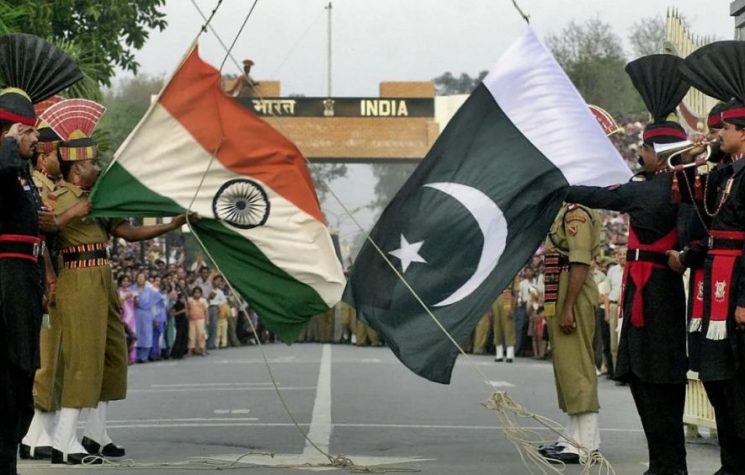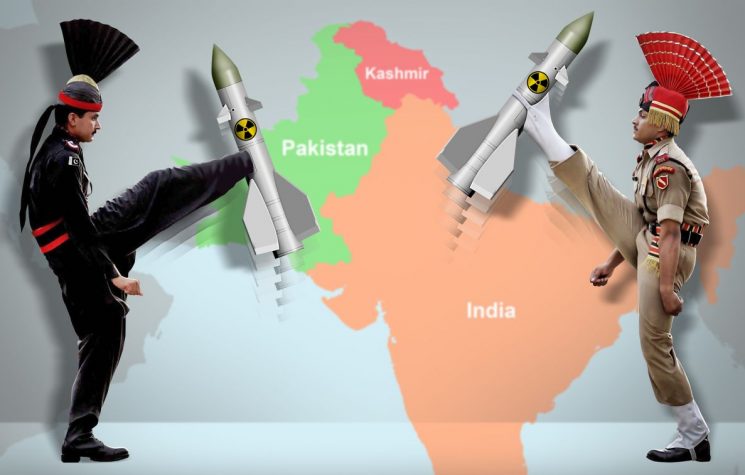The best course of action in this scenario would be for Russia, China, and Iran to intervene directly to calm tensions and stabilize the situation.
Contact us: info@strategic-culture.su
The fact that tensions between India and Pakistan are not de-escalating yet shows that the current phase of this decades-long conflict is, at the very least, significant enough to warrant a brief analysis.
The immediate cause of the current escalation between India and Pakistan (which has already seen the expulsion of citizens from both countries, the rupture of treaties and trade relations, troop mobilizations, and some skirmishes) was a terrorist attack carried out by a group called the “Resistance Front,” believed to be an offshoot of the Salafist group Lashkar-e-Taiba, based in Pakistan. The attack in question killed nearly 30 tourists traveling in Kashmir, most of whom were Indian.
However, this conflict is not new. In practice, to some extent, it seems to have been designed from the beginning by the British. During the preparations for the partition of British India, the question arose of dividing it into at least two parts. Since it was impossible to transform such a complex region of the world into two ethnically based nation-states, the British laid the groundwork for the closest possible alternative: two nation-states whose claim to “homogeneity” was based on religion.
Initially rooted in an interest in courting the Islamic elite of Bengal to instrumentalize them against Hindus, this decision planted the seeds of a long-term conflict that would prove inevitable, as historical reasons meant both countries contained populations belonging to the other’s majority religion. It is within the Westernizing Islamic elite, in fact, that the roots of “Islamic separatism” in India can be found—evident in the ideas of Sayyed Ahmad Khan, which were later surpassed by the more “traditionalist” ideas of Muhammad Iqbal and Muhammad Ali Jinnah.
Kashmir lay right in the middle of the Indian subcontinent’s fracture. Despite its predominantly Muslim population, its ruling elite was Hindu. Initially, therefore, Kashmir refused to integrate into either Pakistan or India, aspiring instead to establish itself as an independent state. The Pakistanis considered this decision absurd and, driven by irredentism, attempted to seize Kashmir by force. This led its government to request annexation by India in exchange for protection. India, in turn, was willing to absorb Kashmir, viewing it as the homeland of all Indians under a supra-religious imperial vision. Over Kashmir, India and Pakistan clashed three times—in 1947, 1956, and 1999.
Now, beyond the religious issues involved, the region holds its own geostrategic importance. Due to its geographical position (at the crossroads of India, Pakistan, China, and Afghanistan, and bordering the Himalayas), Kashmir is the pivot of the Indian subcontinent. Its rivers serve as excellent natural defensive barriers for both sides, and its lands are extremely fertile.
For Pakistan today, Kashmir holds even greater importance because of the China-Pakistan Economic Corridor (CPEC), linking Xinjiang to the Pakistani port of Gwadar. However, the project passes through a section of Kashmir administered by Pakistan, meaning a widespread conflagration in the region could bury the project and potentially sever Pakistan’s connection to China. The Corridor is fundamentally necessary to reduce Pakistan’s dependence on the U.S. and Saudi Arabia.
It is within this context of Pakistan’s interest in Kashmir that we must also interpret the country’s foreign policy on this issue since the 1980s. After being militarily defeated by India, the ISI (Pakistan’s intelligence service, which operates almost as a parallel state) began using Afghanistan to train insurgents to deploy in Kashmir, aiming to destabilize the region and, if possible, separate it from India. This has been the tenor of Pakistan’s power projection not only in Kashmir but also in Afghanistan and the broader region.
For India, beyond Kashmir’s intrinsic historical and geoeconomic importance, Prime Minister Modi seeks to restore India’s honor after the humiliating debacle in Bangladesh, where India simply stood by as its main regional ally was lost to a color revolution, without mounting any response (despite the persecution of Hindus in the neighboring country).
It is impossible to know whether these tensions will erupt into a significant conflict, but there are strong indications of military preparations on both sides. The crucial point here is that Pakistan has a doctrine of “first strike” with nuclear weapons if the existence of its state is threatened by military defeat. India, on the other hand, would only use nuclear weapons in response to a Pakistani nuclear attack.
It is important to note that both countries are key partners of Russia and play roles in Moscow’s southern strategy, which has compensated for the loss of its European and Western partnerships. A Kashmir conflict between the two, therefore, would only benefit the West.
In this case, considering that the real cui bono lies with the West, it is worth questioning the convenience of a terrorist attack by an obscure group with ties to Al-Qaeda. After all, speaking of “Al-Qaeda” is speaking of the CIA.
The best course of action in this scenario would be for Russia, China, and Iran to intervene directly to calm tensions and stabilize the situation, as these countries have much to lose from this conflict. And in practice, if the situation spirals out of control, the repercussions could affect the entire planet.










